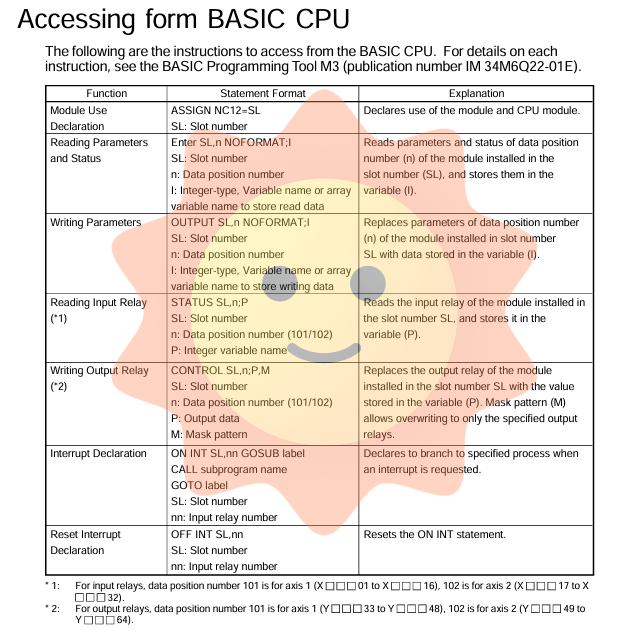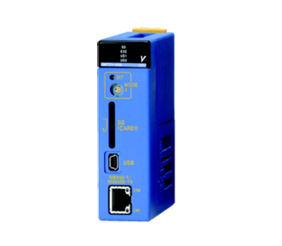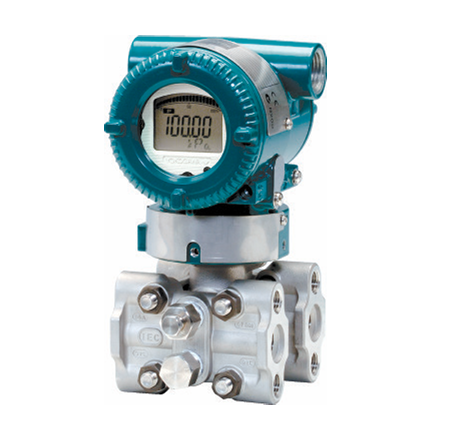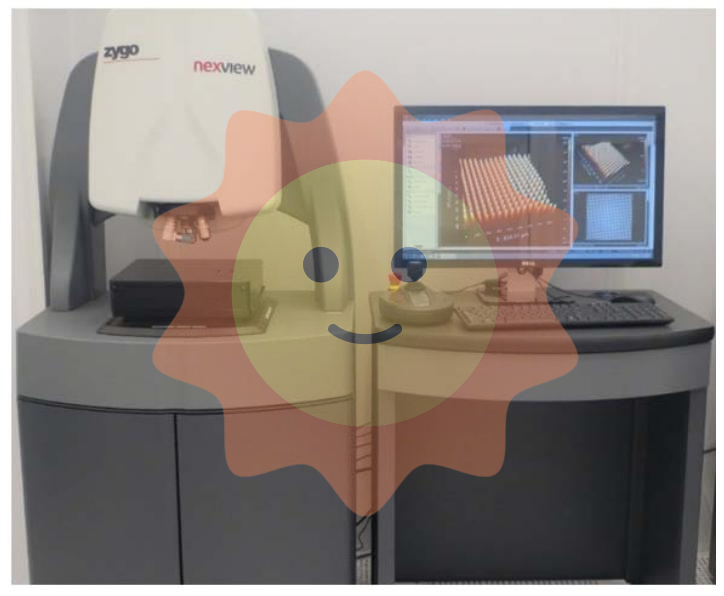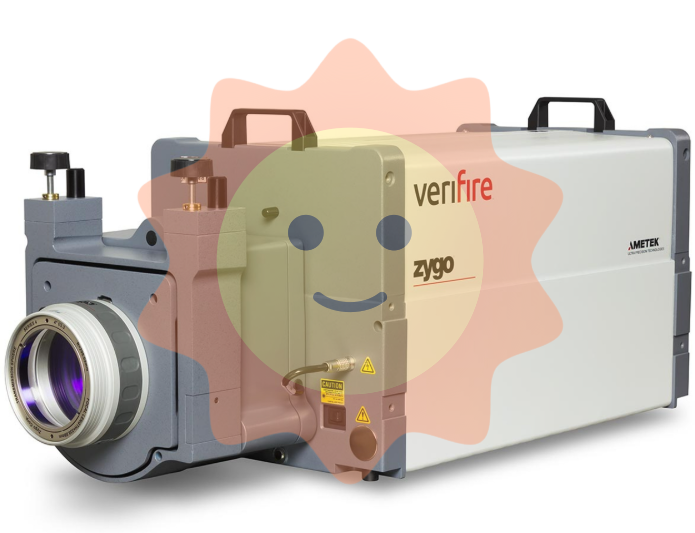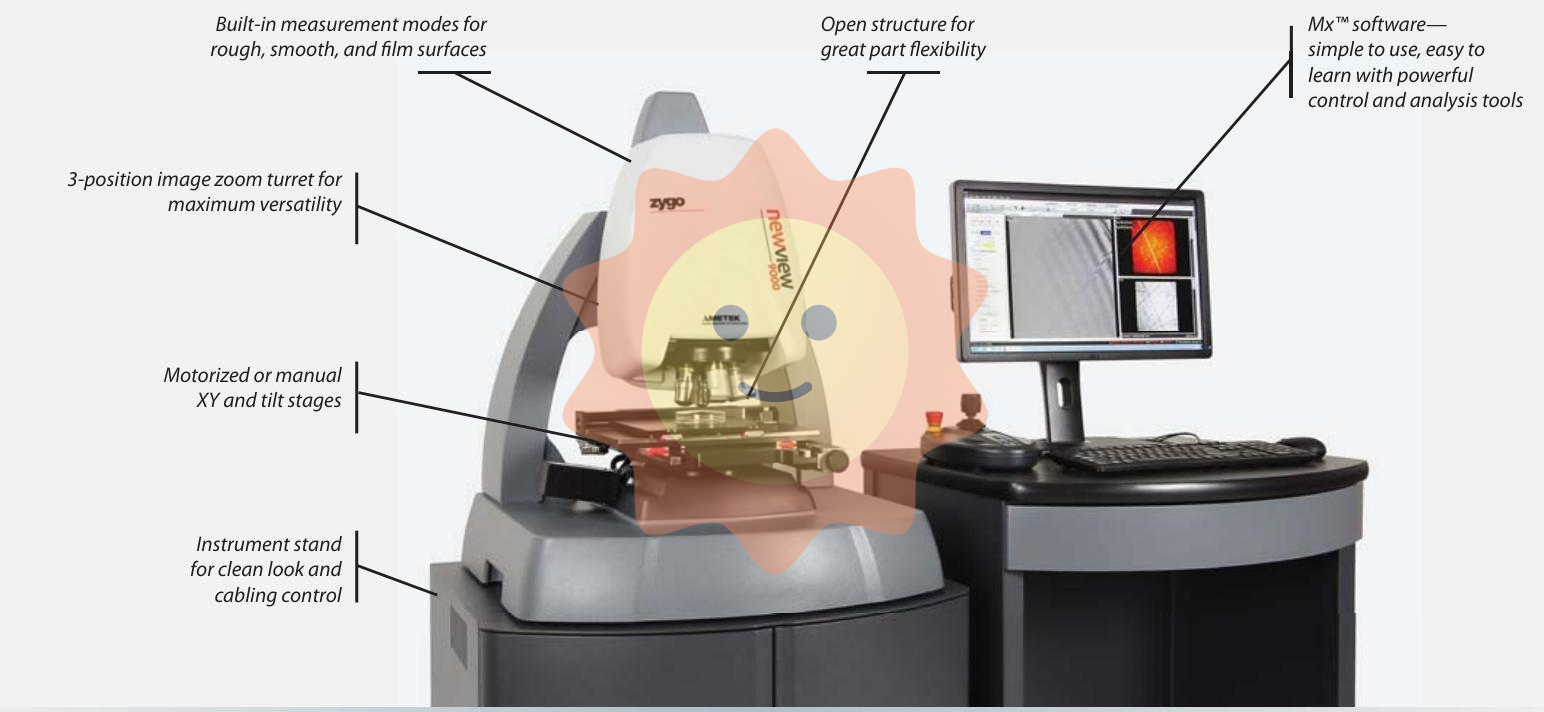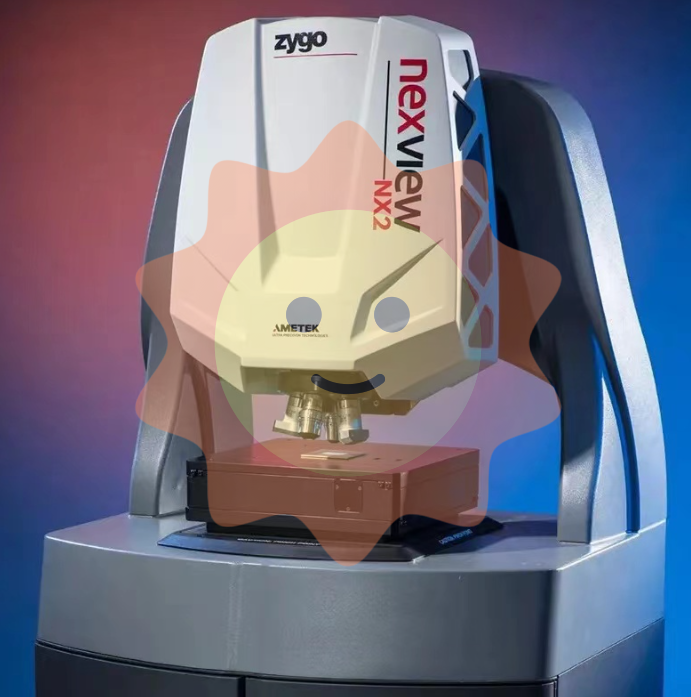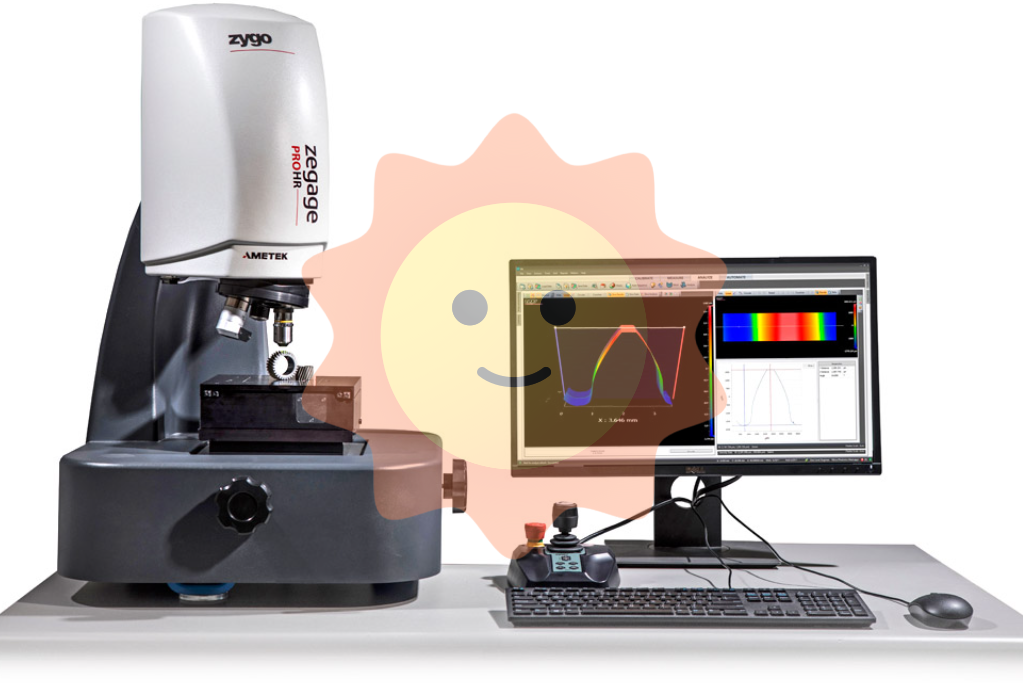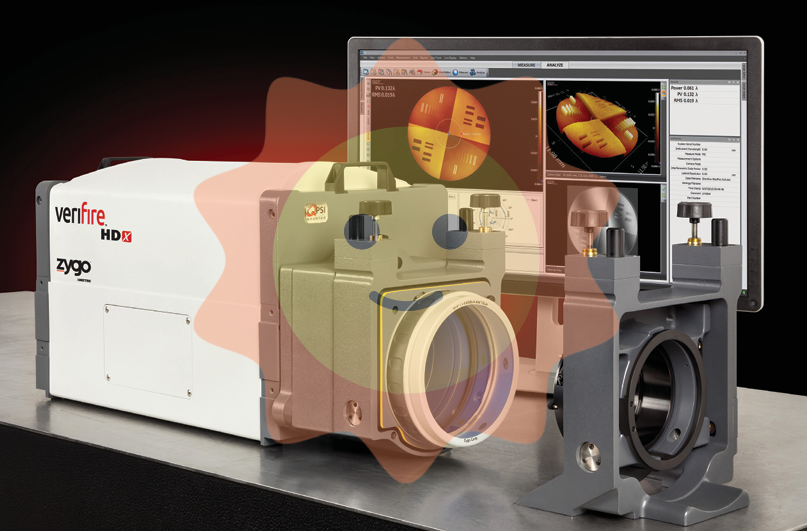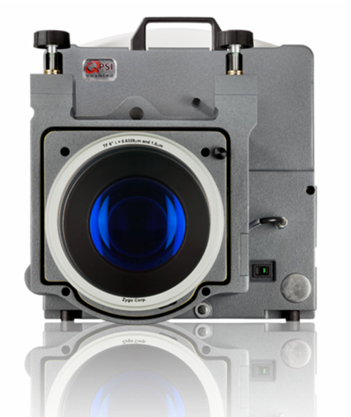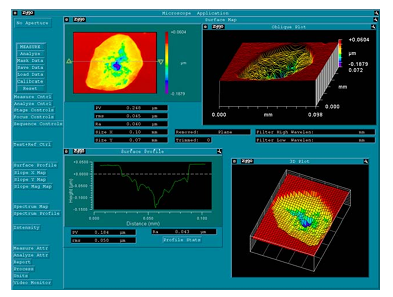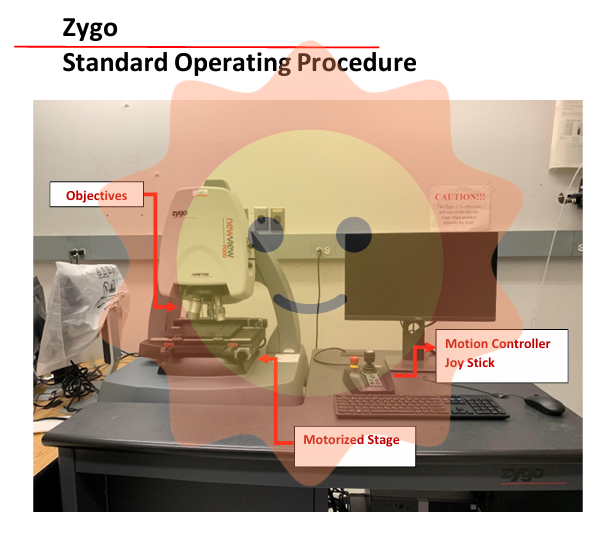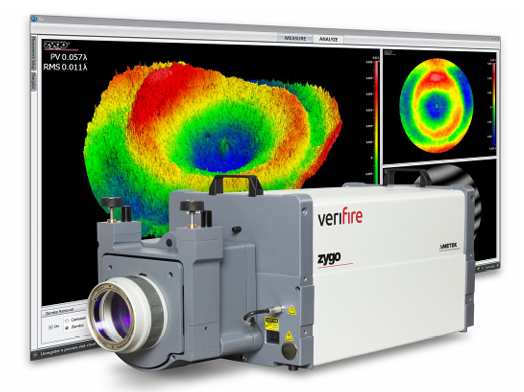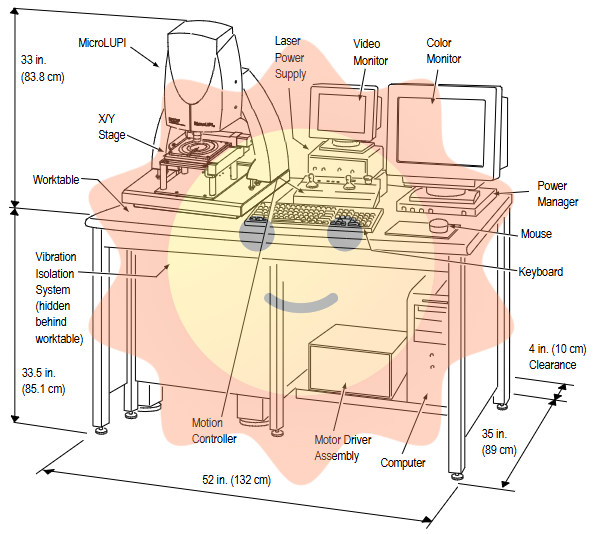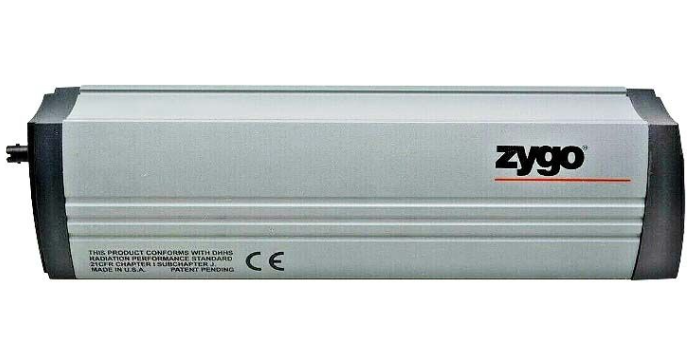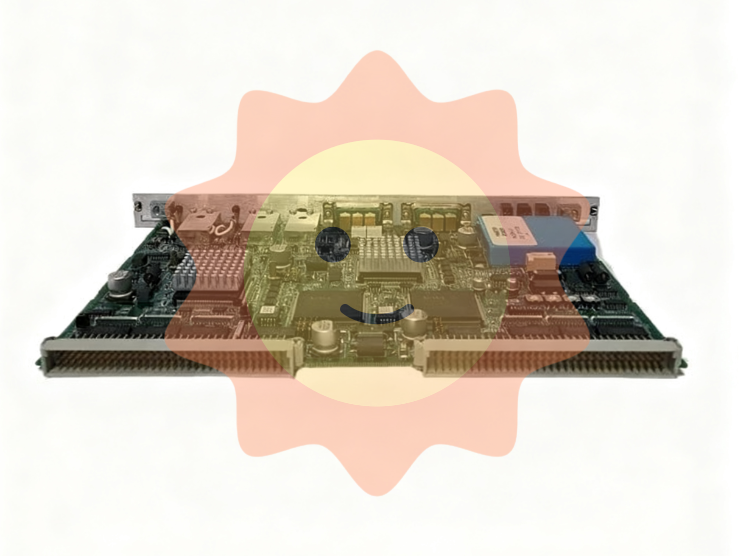ABB REF615C_C HCFFAEAGANB2BAN1XC is a multifunctional feeder protection, measurement and control integrated device designed specifically for medium and low voltage distribution systems. It integrates four core functions: protection, measurement, control, and communication. It is mainly used for fault detection, rapid protection, and operation status monitoring of feeder circuits in 10kV-35kV distribution networks. Its model code contains specific configuration information, with "REF615C_C" as the base model, representing the enhanced version in the feeder protection series; HCFFAEAGANB2BAN1XC "is a detailed configuration code that covers customized parameters such as communication interface types (such as supporting IEC 61850), protection function modules, measurement accuracy levels, etc. It can adapt to the architecture and operational requirements of different distribution networks and is a key device for ensuring the safe and stable operation of distribution networks.
ABB REF615C_C HCFFAEAGANB2BAN1XC feeder protection and measurement and control device
Product Overview
ABB REF615C_C HCFFAEAGANB2BAN1XC is a multifunctional feeder protection, measurement and control integrated device designed specifically for medium and low voltage distribution systems. It integrates four core functions: protection, measurement, control, and communication. It is mainly used for fault detection, rapid protection, and operation status monitoring of feeder circuits in 10kV-35kV distribution networks. Its model code contains specific configuration information, with "REF615C_C" as the base model, representing the enhanced version in the feeder protection series; HCFFAEAGANB2BAN1XC "is a detailed configuration code that covers customized parameters such as communication interface types (such as supporting IEC 61850), protection function modules, measurement accuracy levels, etc. It can adapt to the architecture and operational requirements of different distribution networks and is a key device for ensuring the safe and stable operation of distribution networks.
The device adopts modular hardware design and digital software platform, which can independently complete the protection and measurement tasks of a single feeder line, and can also be connected to the distribution automation system through standardized communication protocols to achieve telemetry, remote signaling, remote control, and remote adjustment ("four remote") functions, meeting the requirements of modern intelligent distribution networks for lean equipment management and rapid fault isolation.
Specification parameters
Electrical input
Voltage input: 100V (line voltage/phase voltage, suitable for PT secondary side); Current input: 5A/1A (suitable for CT secondary side); Power supply voltage: DC 220V/110V or AC 220V (allowable fluctuation range ± 15%)
Protection function parameters
Overcurrent protection: Setting range 0.1-20Ie, action time 0.05-60s; Quick break protection: Setting range 1.5-20Ie, action time ≤ 0.04s; Zero sequence protection: Setting range 0.05-10Ie, action time 0.05-60s; Recloser: Supports single-sided/double-sided power supply mode, setting time 0.1-10s
Measurement accuracy
Current/voltage: 0.2 level; Power/Electric Energy: Level 0.5; Frequency: ± 0.01Hz (measurement range 45-55Hz)
Communication function
Supports IEC 61850-8-1/MMS, IEC 60870-5-103, Modbus RTU/TCP protocols; Equipped with 2 Ethernet ports (10/100M adaptive) and 1 RS485 serial port
Environment and Structure
Working temperature: -25 ℃~+70 ℃; Storage temperature: -40 ℃~+85 ℃; Protection level: IP40 (device body), IP20 (terminal block); Installation method: 19 inch rack installation (height 2U)
Performance characteristics
Comprehensive protection function system: covering all types of faults in feeder operation scenarios. In addition to basic overcurrent, quick break, and zero sequence protection, it also integrates overload protection (inverse time limit/timed limit optional), overvoltage/low voltage protection, frequency anomaly protection, and acceleration protection after reclosing. The protection logic can be flexibly configured according to the distribution network topology (such as radiation network and ring network) to achieve "accurate identification and rapid removal" of faults, reducing the scope and duration of power outages.
High precision measurement and energy metering: Using high-precision ADC (Analog to Digital Conversion) chips and digital signal processing algorithms, the current and voltage measurement accuracy reaches 0.2 level, and the power and energy measurement accuracy reaches 0.5 level. It can real-time collect three-phase current, voltage, active power, reactive power, power factor, energy and other parameters of the feeder circuit, meeting the lean requirements of energy consumption statistics and line loss analysis in the distribution system, without the need for additional dedicated measuring instruments.
High reliability and anti-interference capability: Industrial grade components such as isolation transformers and optocouplers are used at the hardware level, with 2kV surge immunity (IEC 61000-4-5) and 10V/m electric field immunity (IEC 61000-4-3), which can resist electromagnetic interference and voltage fluctuations in the distribution room; At the software level, the fault recording function is integrated (which can record waveform data of 20 cycles before and 40 cycles after the fault), making it easy to trace the cause of the fault. At the same time, software online upgrades are supported, and protection logic and functions can be updated without power outage.
Flexible digital communication and integration capabilities: Native support for IEC 61850 digital protocol, can be directly connected to intelligent distribution automation systems (such as ABB MicroSCADA), realizing remote monitoring and management of device status, protection settings, and measurement data; Simultaneously compatible with traditional IEC 60870-5-103 and Modbus protocols, it can seamlessly integrate with existing distribution systems, reducing the difficulty and cost of retrofitting.
Working principle
The ABB REF615C_C device has the core workflow of "data acquisition logic judgment action execution information feedback", and the specific principle is as follows:
Data acquisition stage: The device obtains analog signals (three-phase voltage, three-phase current) of the feeder circuit through voltage transformers (PT) and current transformers (CT). After internal isolation, filtering, and ADC conversion, the analog signals are converted into digital signals; Simultaneously collect switch status (such as circuit breaker opening and closing positions), device alarm signals, and other switch signals, and transmit them to the core processor through a photoelectric isolation circuit.
Logic judgment stage: The core processor (based on a 32-bit embedded CPU) compares and analyzes the preset protection settings (such as overcurrent setting value and quick break setting value) with the real-time collected operating data. If it detects that the current exceeds the overcurrent setting value and the duration reaches the setting time, or the current instantly exceeds the quick break setting value, it is judged as a fault state and triggers the corresponding protection logic (such as overcurrent protection tripping, quick break protection tripping); If abnormal voltage or frequency is detected, or if the switch status does not match the remote control command, the corresponding alarm logic will be triggered.
Action execution stage: When it is determined to be a fault or abnormal state, the device sends a trip command (in case of fault) or alarm signal (in case of abnormality) to the circuit breaker through the outlet relay; If the reclosing function is configured, after the circuit breaker trips, a reclosing command will be issued to the circuit breaker based on the set reclosing time delay, achieving automatic restoration of power supply to the faulty line (applicable to transient faults).
Information feedback stage: The device uploads protection action events (such as action time, action type), real-time measurement data, and device operating status (such as power status, communication status) to the distribution automation system through the communication interface, and displays relevant information locally (LCD screen) for real-time monitoring and fault handling by operation and maintenance personnel.
Precautions
Selection and setting configuration: The protection setting should be determined based on the rated voltage, rated current, and short-circuit current calculation values of the feeder (such as three-phase short-circuit current and zero sequence short-circuit current) to avoid protection refusal due to excessive setting or protection misoperation due to insufficient setting; If the distribution network is a ring network structure, it is necessary to activate the "ring network protection logic" and configure it in coordination with the protection settings of adjacent feeder devices (such as setting coordination time difference) to prevent leapfrog tripping.
Installation and wiring: Before installation, check the appearance of the device for any damage and ensure that the terminals are not loose; The voltage circuit (PT secondary side) must use copper core cables with a cross-sectional area of ≥ 1.5mm ², and the current circuit (CT secondary side) must use copper core cables with a cross-sectional area of ≥ 2.5mm ², and open circuits (CT secondary side) or short circuits (PT secondary side) are strictly prohibited; Communication cables should use shielded twisted pair cables, with the shielding layer grounded at one end (grounding resistance ≤ 4 Ω), to avoid parallel laying with power cables and reduce electromagnetic interference.
Debugging and commissioning: Static debugging is required before commissioning, including checking whether the power supply voltage matches, whether the analog input is normal (such as inputting standard current/voltage signals to verify measurement accuracy), and whether the protection function is reliable (such as simulating overcurrent faults and verifying trip action time); Communication debugging requires testing the stability of the connection with the distribution automation system (such as uninterrupted communication for 24 consecutive hours) to ensure the normal functioning of the "four remote" function; After debugging is completed, it is necessary to lock the protection settings (through password or hardware lock) to prevent accidental modifications.
Maintenance and troubleshooting: Regularly (every six months) check the operating status of the device, including whether the LCD display is normal, whether the indicator lights comply with the operating logic (such as the "running" light being constantly on, the "alarm" light being off), and whether the terminal wiring is tight; If there is a "communication interruption" fault, it is necessary to check the communication cable connection, IP address configuration, and protocol compatibility; If there is a "protection refusal", it is necessary to check whether the protection setting is correct, whether the outlet relay is faulty, and whether the circuit breaker is normal; When the device malfunctions, it is necessary to contact an authorized ABB service provider for repair. It is prohibited to disassemble the hardware by oneself.
Application scenarios
Medium and low voltage distribution network feeder protection: suitable for radial or ring network feeders of 10kV-35kV urban distribution networks and industrial park distribution networks, such as residential distribution lines and factory workshop power feeders. It can quickly cut off faults such as short circuits and grounding, ensuring the reliability of power supply in the distribution network and reducing the impact of power outages on residents' lives and industrial production.
New energy grid connected line protection: used for grid connected feeders of distributed photovoltaic power plants and wind power towers (such as 10kV photovoltaic grid connected lines), integrated with "low voltage ride through protection" and "frequency anomaly protection" functions, can ensure that new energy units do not disconnect from the grid when the grid voltage drops (such as dropping to 0% rated voltage for 0.15 seconds) or frequency fluctuates (such as 47-53Hz), while preventing grid connected line failures from affecting grid safety.
Railway distribution system protection: adapted to the feeder circuits of 10kV distribution stations along the railway line (such as railway signal power supply feeders and station building power feeders), with high anti-interference ability (able to resist electromagnetic interference generated by railway traction systems) and wide temperature working range (-25 ℃~+70 ℃), can ensure the continuity of railway signal system and station building power supply, and avoid railway transportation interruption caused by feeder faults.
Data center power distribution protection: used for 10kV high-voltage feeders in data centers (such as transformer incoming feeders, UPS power incoming feeders), integrated with high-precision energy metering function, can monitor the energy consumption data of feeders in real time, and help data centers achieve "green and energy-saving" management; At the same time, it has fast protection characteristics (action time ≤ 0.04s), which can quickly cut off faults and ensure the safe operation of core equipment such as servers.
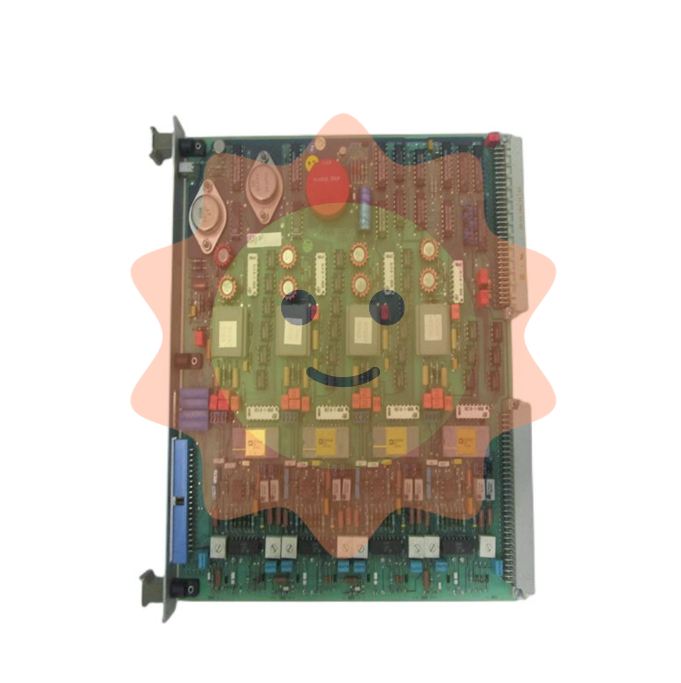
- User name Member Level Quantity Specification Purchase Date
- Satisfaction :
-









Email:wang@kongjiangauto.com

